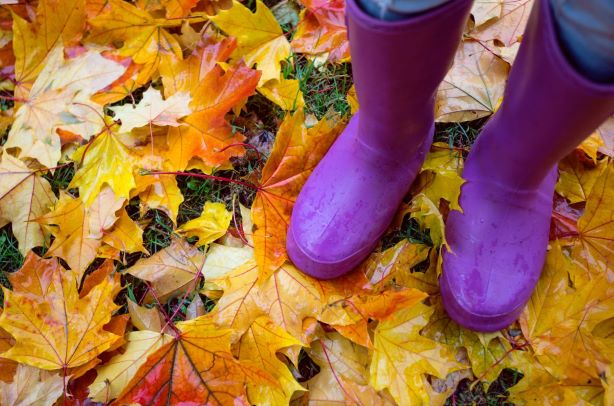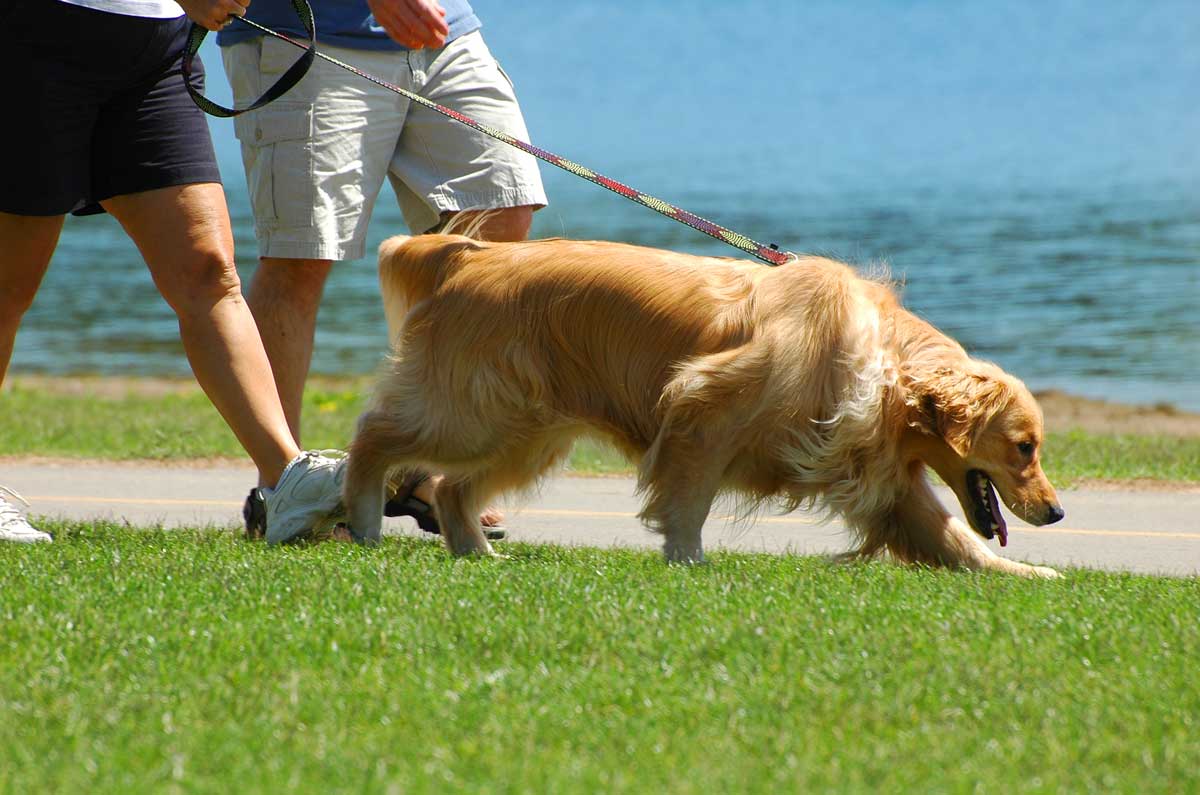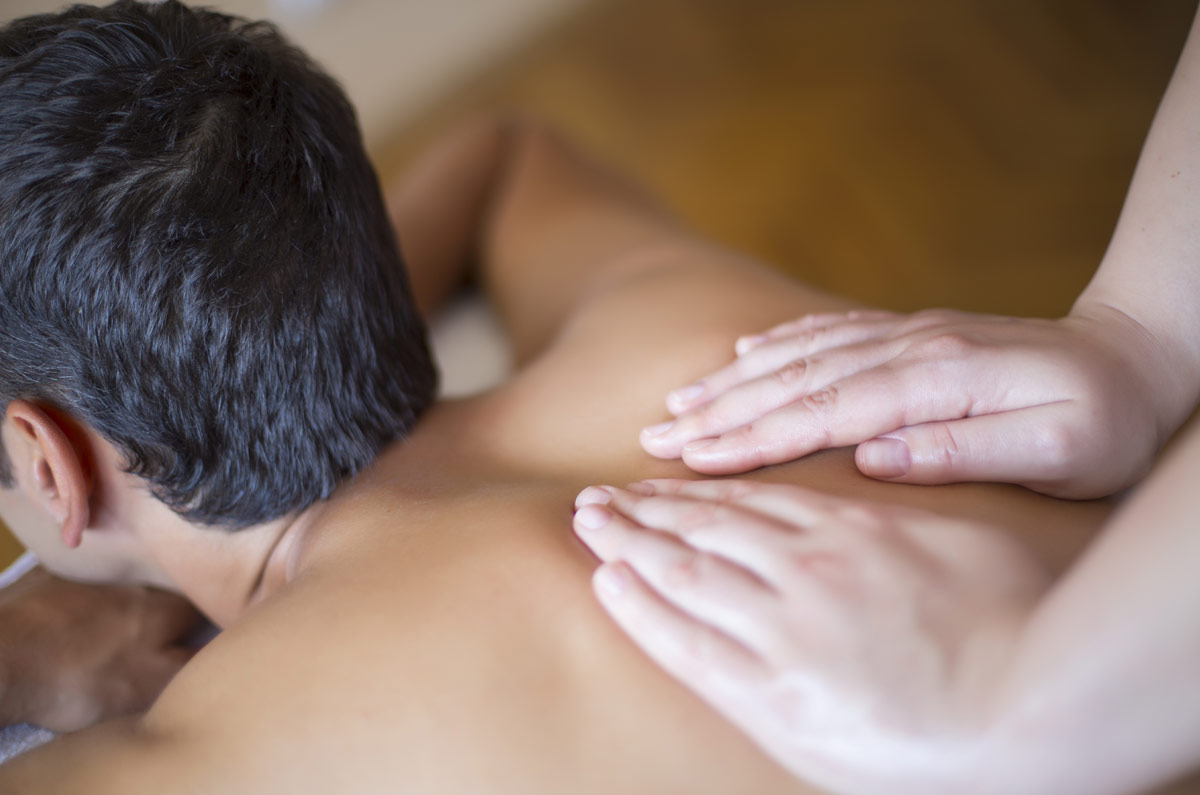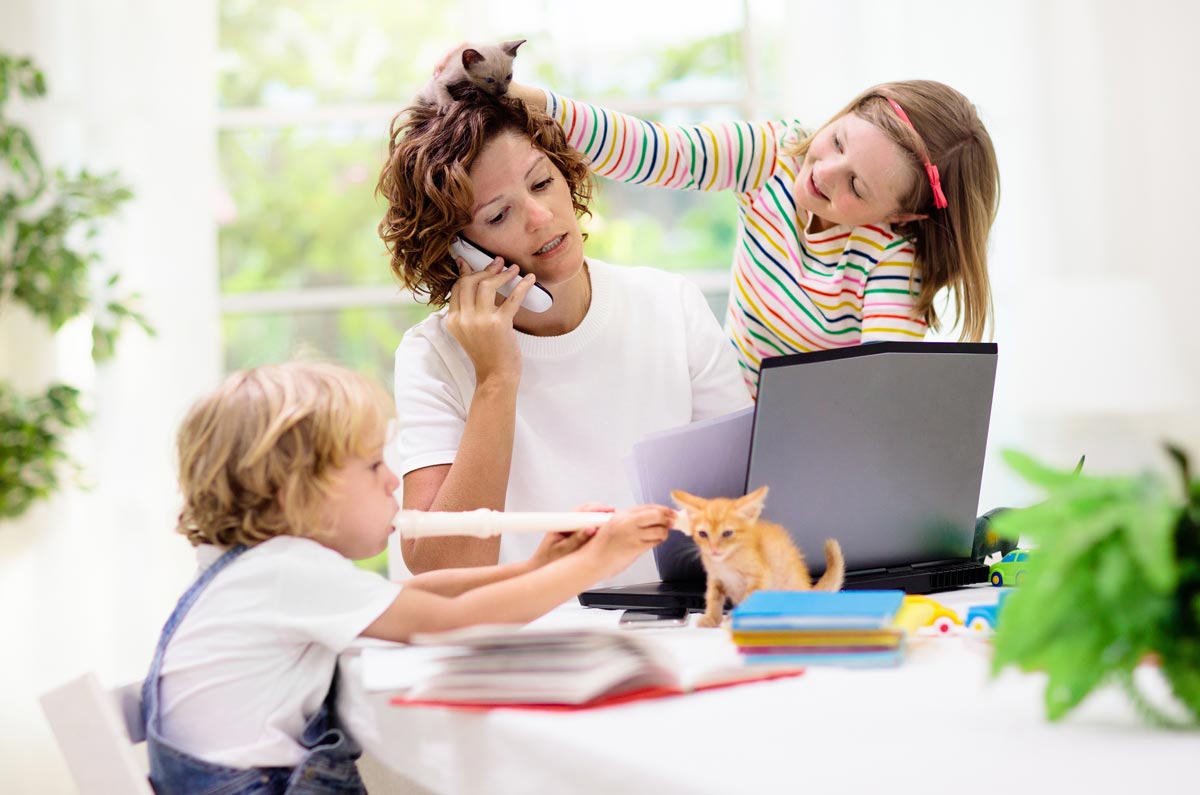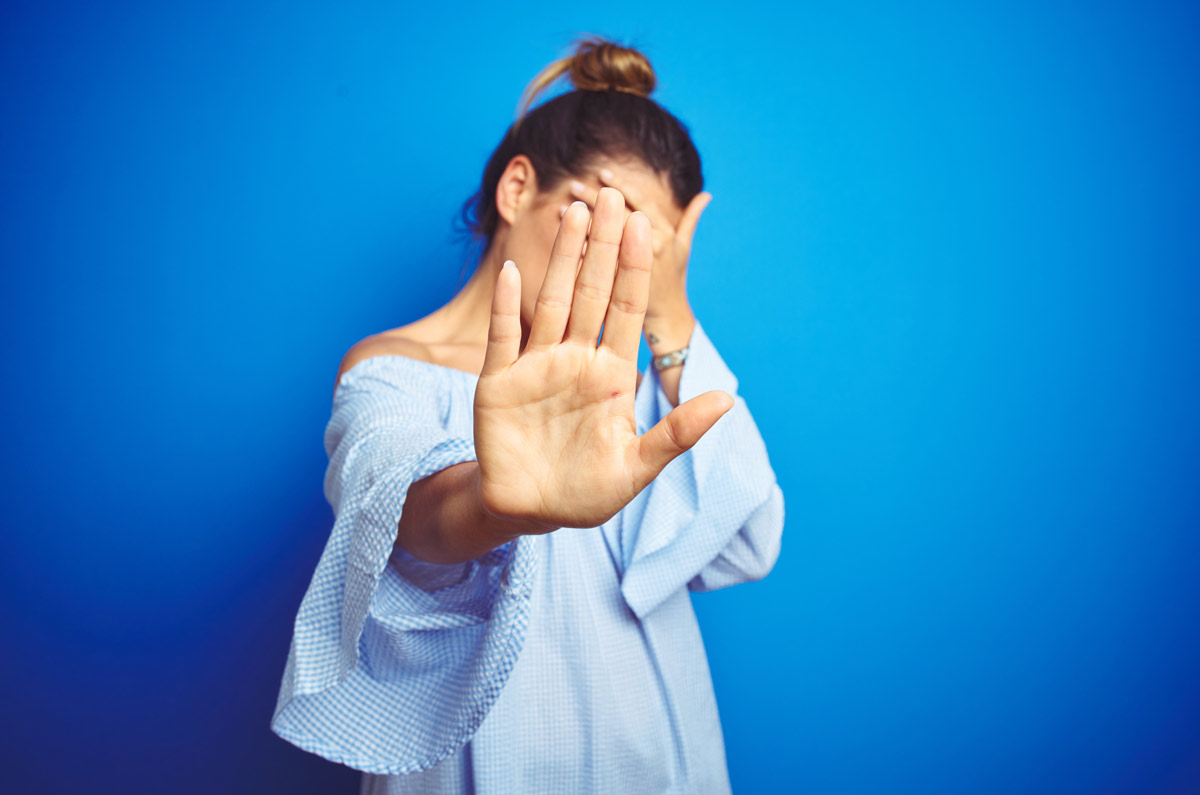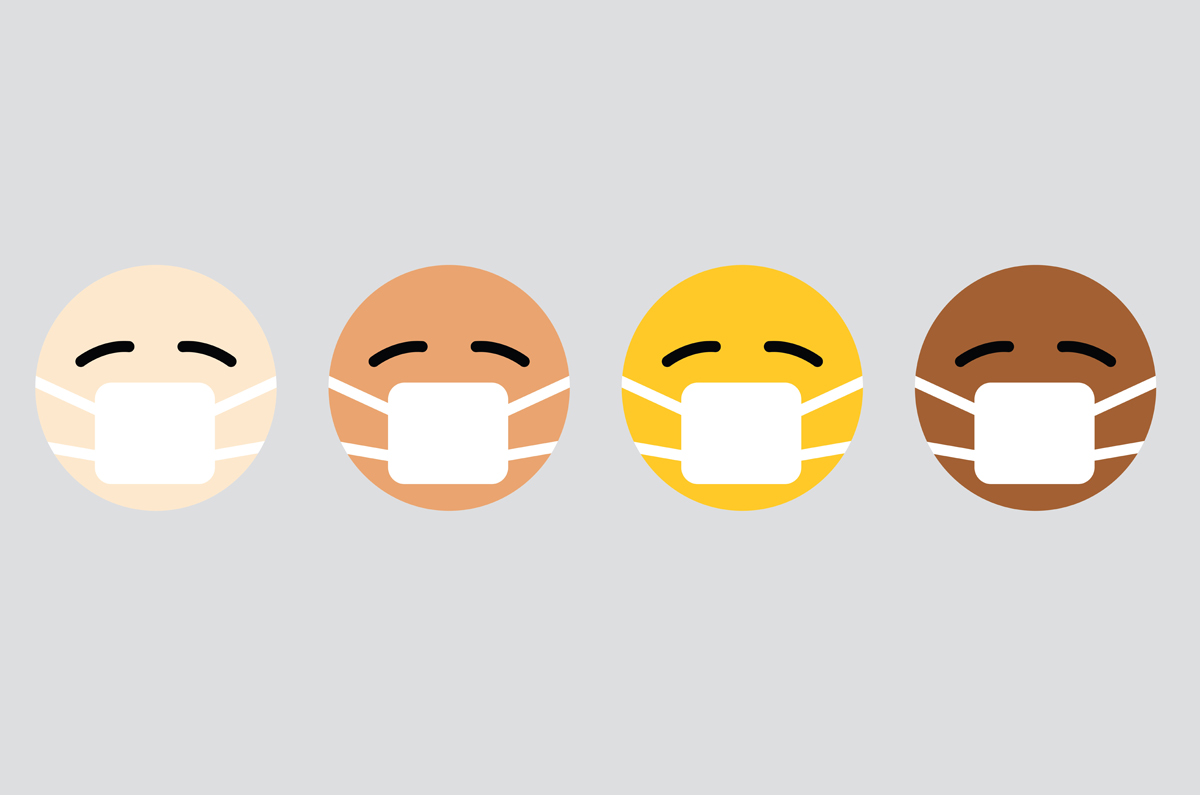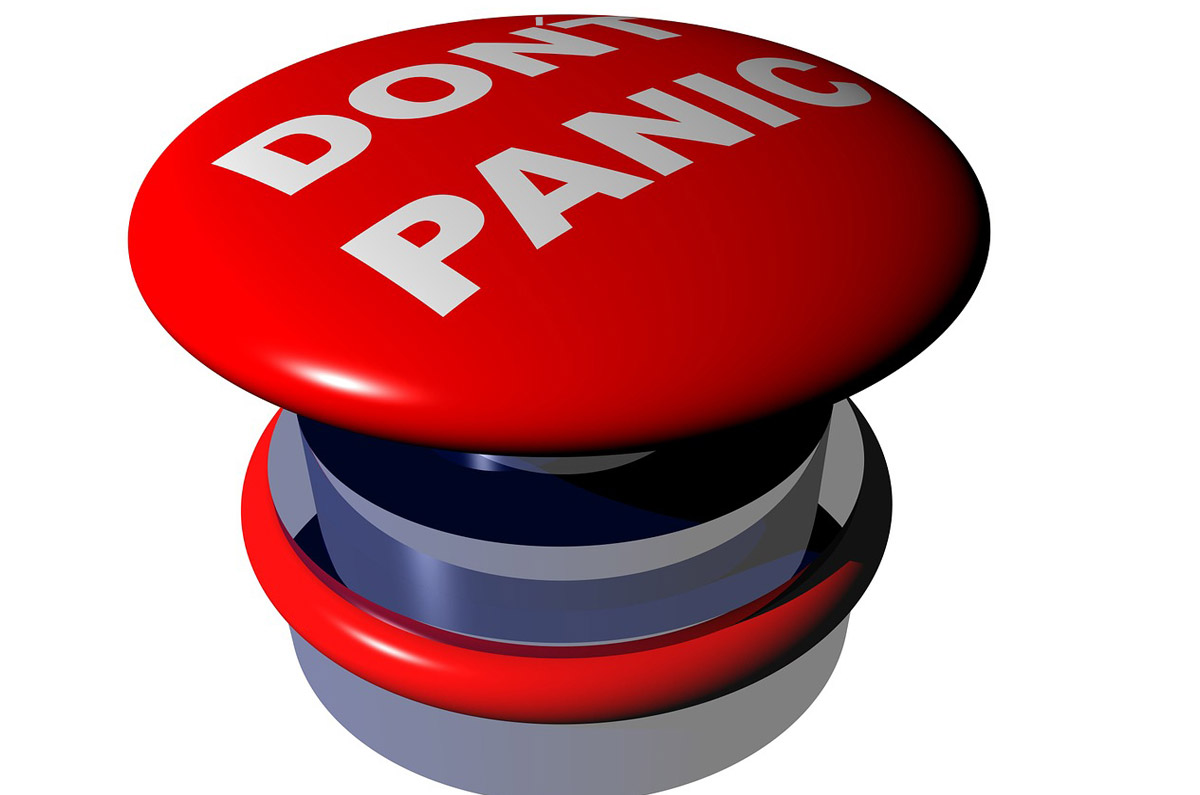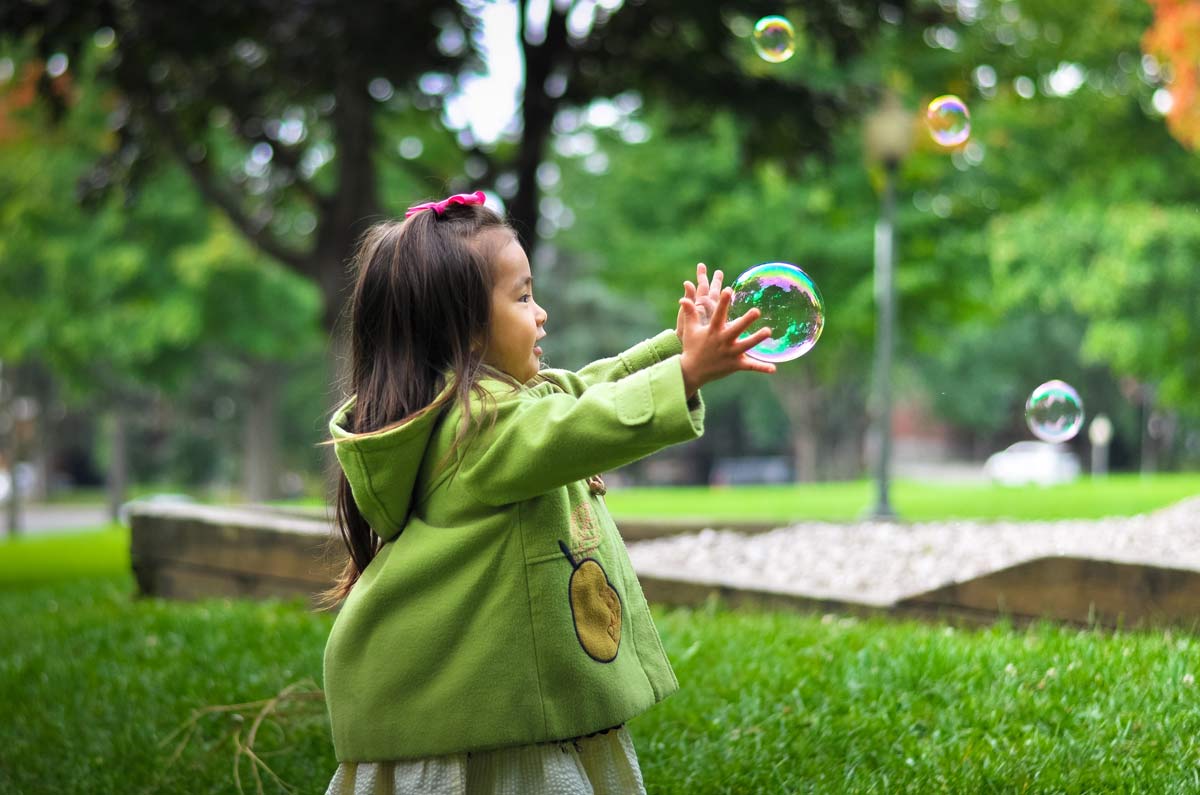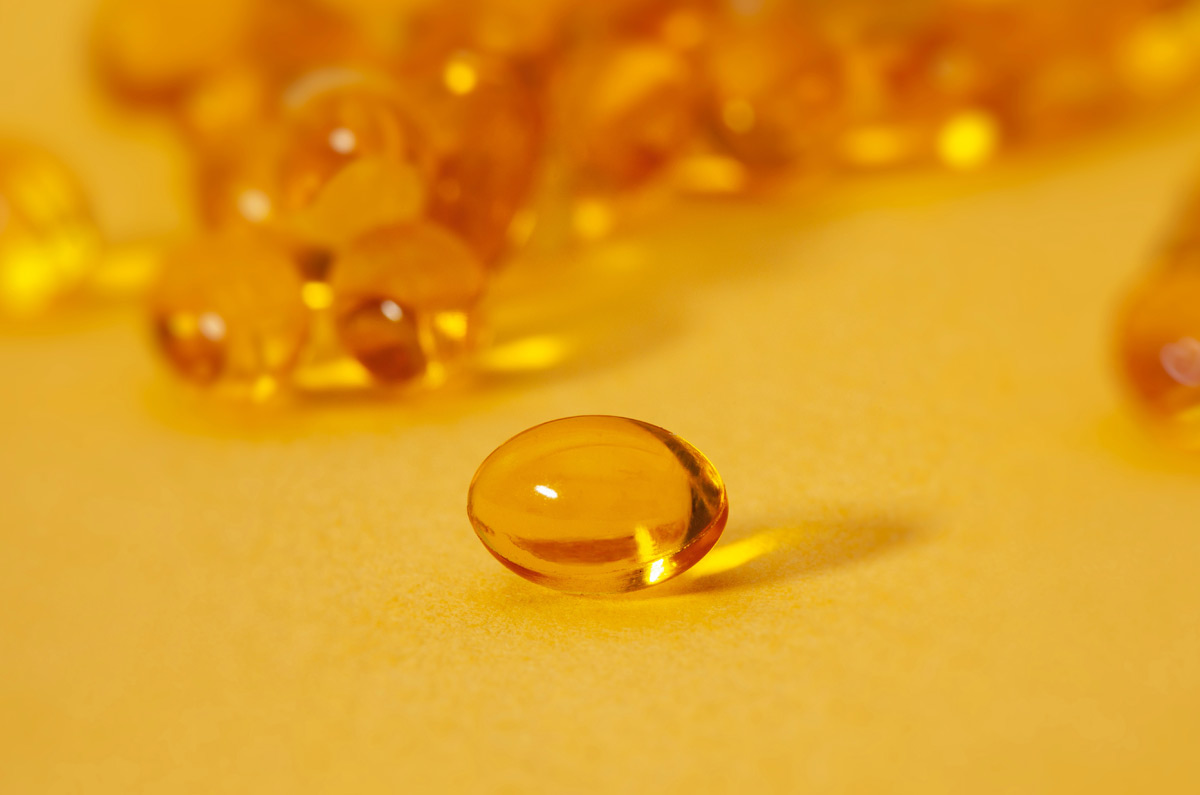Looking after your feet
Our feet are amazing ‘feats’ of engineering (sorry, I just couldn’t resist that one).
Each foot has 26 bones, 33 joints, and more than 100 tendons, muscles, and ligaments. They support us through thick and thin – whether we’re walking, running, jumping, dancing, skipping or hopping. We cram them into ill-fitting shoes, torture them in high heels and stub them against the bedside table in the middle of the night (or is that just me?).
As well as the many injuries and calamities that befall our feet, many musculoskeletal conditions, such as osteoarthritis, rheumatoid arthritis and gout can affect the feet.
They’re the unsung heroes of this pandemic as we hit the streets, parks and trails for exercise. Walking has become the exercise of choice for people at the moment. Many of us can’t – or don’t feel safe to – return to gyms or exercises classes. And lots of people are walking instead of catching public transport to avoid being in close contact with others. As a result we’re all walking many more steps than we did pre-COVID.
So we need to stop taking our feet for granted. We need to look after them so we can continue to do the things we want and need to do as pain-free as possible.
So what can we do?
Give your feet the TLC they deserve. It’s really important to look after your feet. Wash and dry them regularly. Inspect them for anything unusual such as cuts, blisters, changes to the nails and skin. By being aware of your feet and any changes that occur, you can seek advice sooner. And if they’re sore after a day of walking, maybe give them a warm soak in the bath, or in a bucket or a foot spa (if you have one) while you watch TV. Then dry them thoroughly and rub a moisturising foot cream into your skin. Take your time and give your feet a nice massage. Better yet, see if you can talk someone else into giving them a massage while you relax on the couch.
Manage your condition. If you have a musculoskeletal condition that affects your feet, it’s important that you work with your doctor and healthcare team to look after your feet and manage your condition effectively. The treatments used for foot conditions will vary from person to person, depending on your condition and how it’s affecting you. And this may change over time as your condition and your feet change.
See a podiatrist. If you have foot pain, or a condition that affects your feet, visit a podiatrist. They’re feet experts and can assess, diagnose and treat foot and lower limb problem, including skin and nail problems, foot and ankle injuries, foot complications related to medical conditions and problems with your gait or walking. Podiatrists can also give you advice on appropriate footwear, and can prescribe custom foot orthotics.
Consider orthotics. Orthotics are corrective insoles that can help alleviate pain by redistributing pressure away from the painful area and support your arches. You can buy off-the-shelf orthotics or you can have orthotics made that are specifically fitted to your feet by a podiatrist.
Fit your feet with appropriate footwear. With our worlds turned upside down due to COVID, and many of us having to stay home, it’s tempting to stay in our slippers all day. There’s something so comforting about warm, fluffy slippers. However our feet and ankles need proper support. Wear the right footwear for whatever you’re doing. Going for a walk? Put on your sneakers. Working at home? Wear your casual shoes/boots that support your feet and keep you warm. And lounging around in the evening? Get those slippers on.
If you’re buying new shoes, make sure they fit properly, support your feet and are comfortable. Look for shoes that are light, flexible at the toe joints and are hard wearing. Shoes made of leather are preferable over synthetic materials as they breathe better. Avoid slip-on shoes and if laces are difficult to fasten due to arthritis in your hands, Velcro or elastic laces may be an option.
Let them breathe. Did you know you have about 250,000 sweat glands in each foot? That’s a lot of sweat! So let your feet breathe to avoid smelly feet and fungal infections. Change your socks and shoes at least once a day. Wear shoes that allow air flow around your feet: leather, canvas, and mesh are good options, avoid nylon and plastic. And avoid wearing the same shoes two days in a row. Give your shoes time (at least a day) to dry and air out. And if the weather’s warm, set your feet free and let them go au naturale. There’s nothing better than walking barefoot on warm grass on a sunny day.
Exercise your feet. I’m not talking about walking here…but other exercises that keep your joints moving. Try non-weight-bearing exercises such as swimming, especially if you have foot pain, as they take the pressure away from the painful areas. You can also do exercises while sitting in a chair. NHS Inform (Scotland) has some foot exercise videos you can try. If you want exercises tailored specifically for you, visit a podiatrist or physiotherapist.
Medications might help. If you’re having a lot of foot pain, speak with your doctor about whether medications may be an option. Depending on the underlying condition causing the problem, your doctor may prescribe a short-term course of pain relievers or anti-inflammatory medications, or they may prescribe other medications, such as a cortisone injection into a joint for rheumatoid arthritis or medication for acute attacks of gout.
Diabetes and feet. Many people with musculoskeletal conditions also have diabetes. So it’s really important if you have diabetes that you take care of your feet every day because of the increased risk of developing nerve damage, ulcers and infections. Talk with doctor about how to look after your feet properly if you have diabetes.
Surgery may be required. For some people, surgery may be needed if other conservative treatments haven’t helped. A referral to an orthopaedic surgeon who specialises in feet is usually required.
Contact our free national Help Line
If you have questions about things like managing your pain, COVID-19, your musculoskeletal condition, treatment options, telehealth or accessing services be sure to call our nurses. They’re available weekdays between 9am-5pm on 1800 263 265; email (helpline@msk.org.au) or via Messenger.
More to explore
- Common foot problems
Royal College of Podiatry (UK) - Australian Podiatry Association
- Exercises for foot problems
NHS Inform (Scotland)

